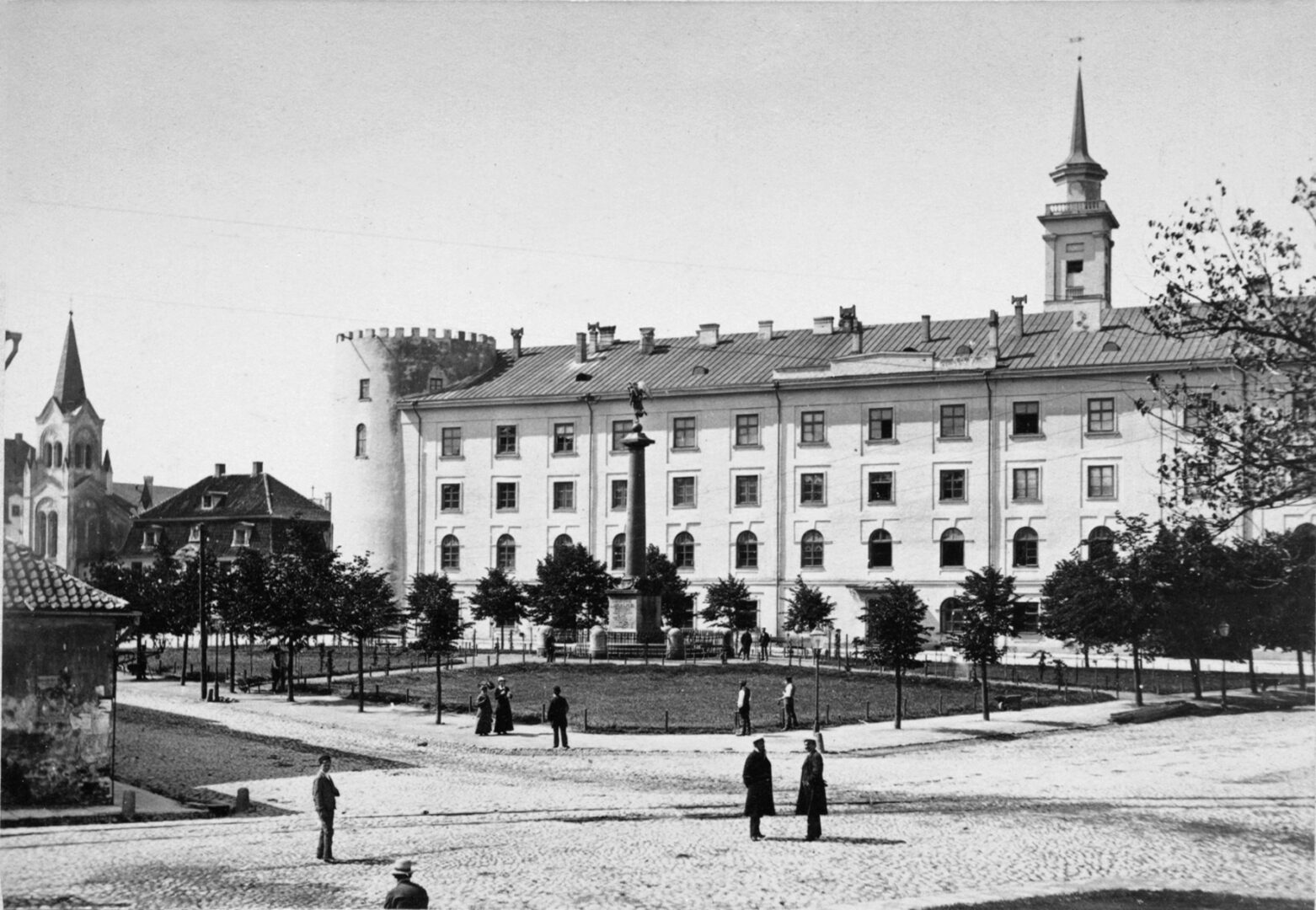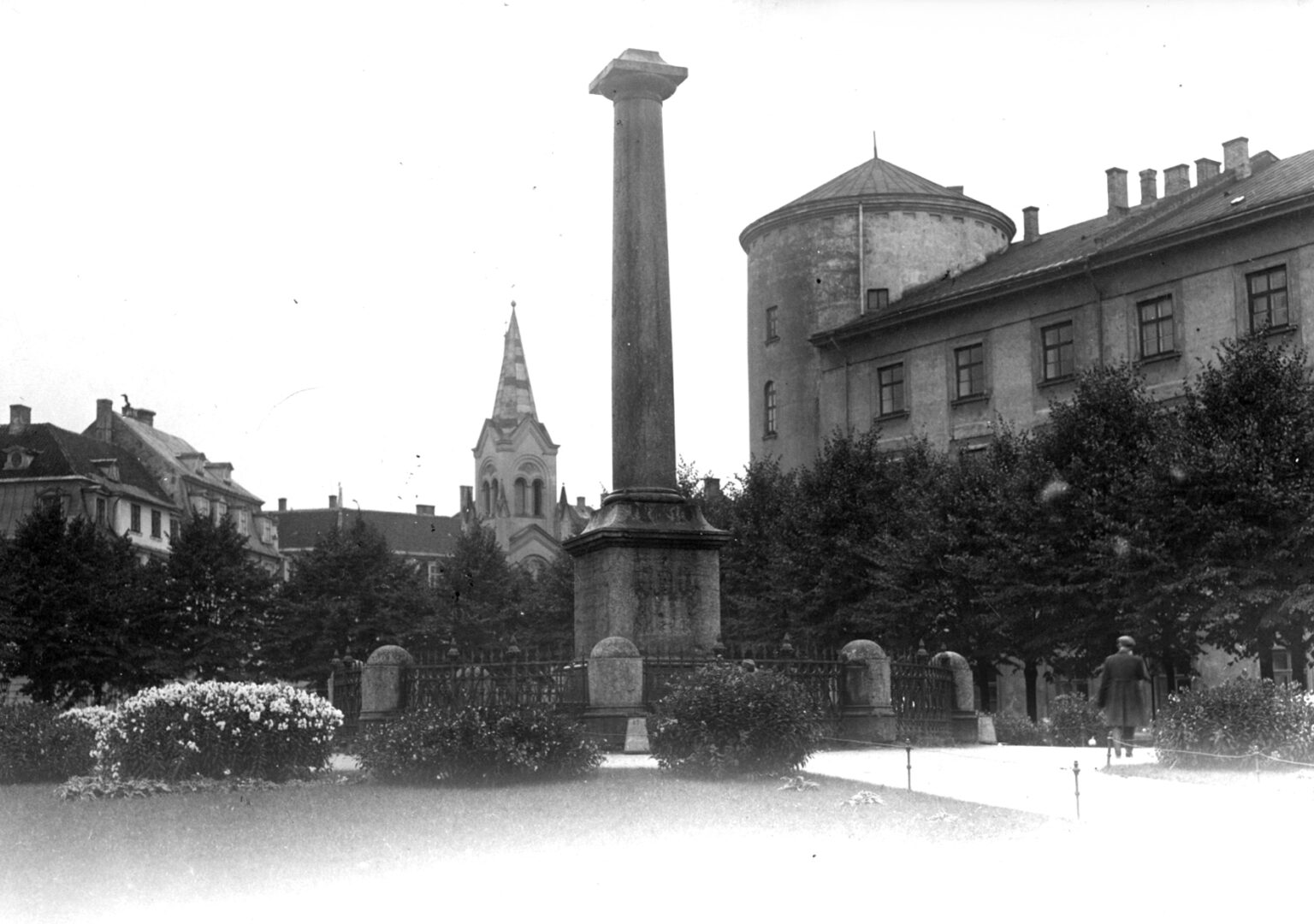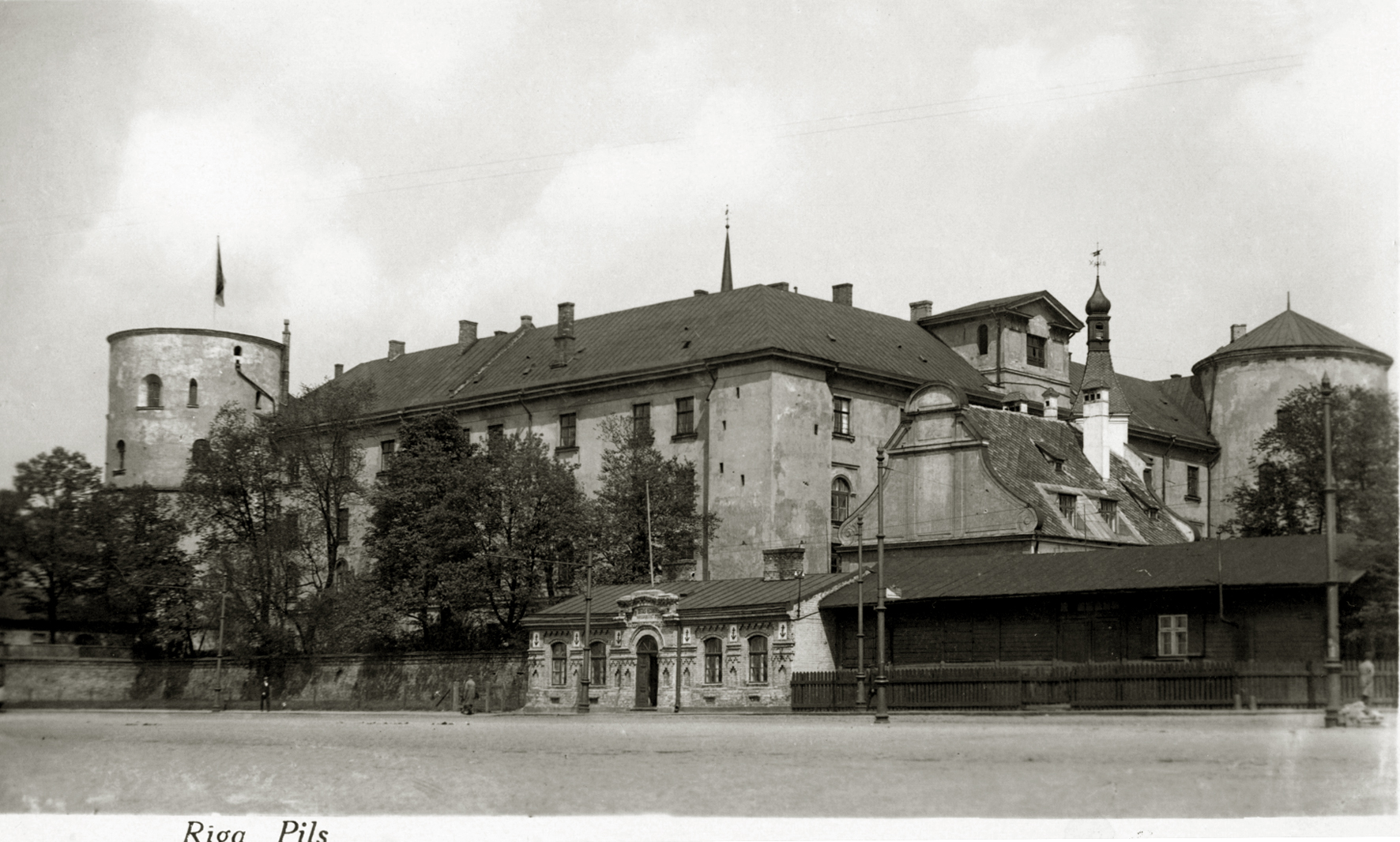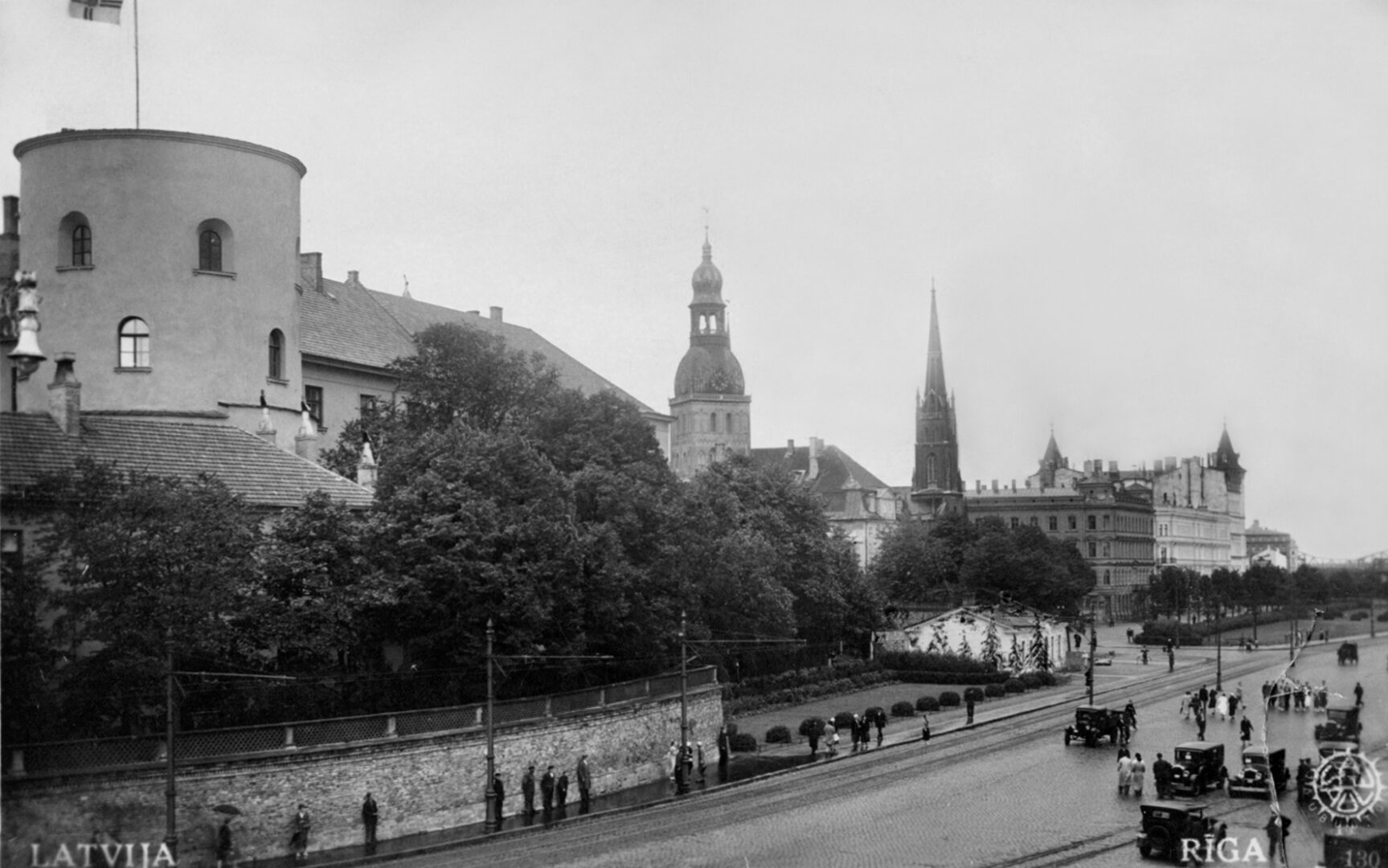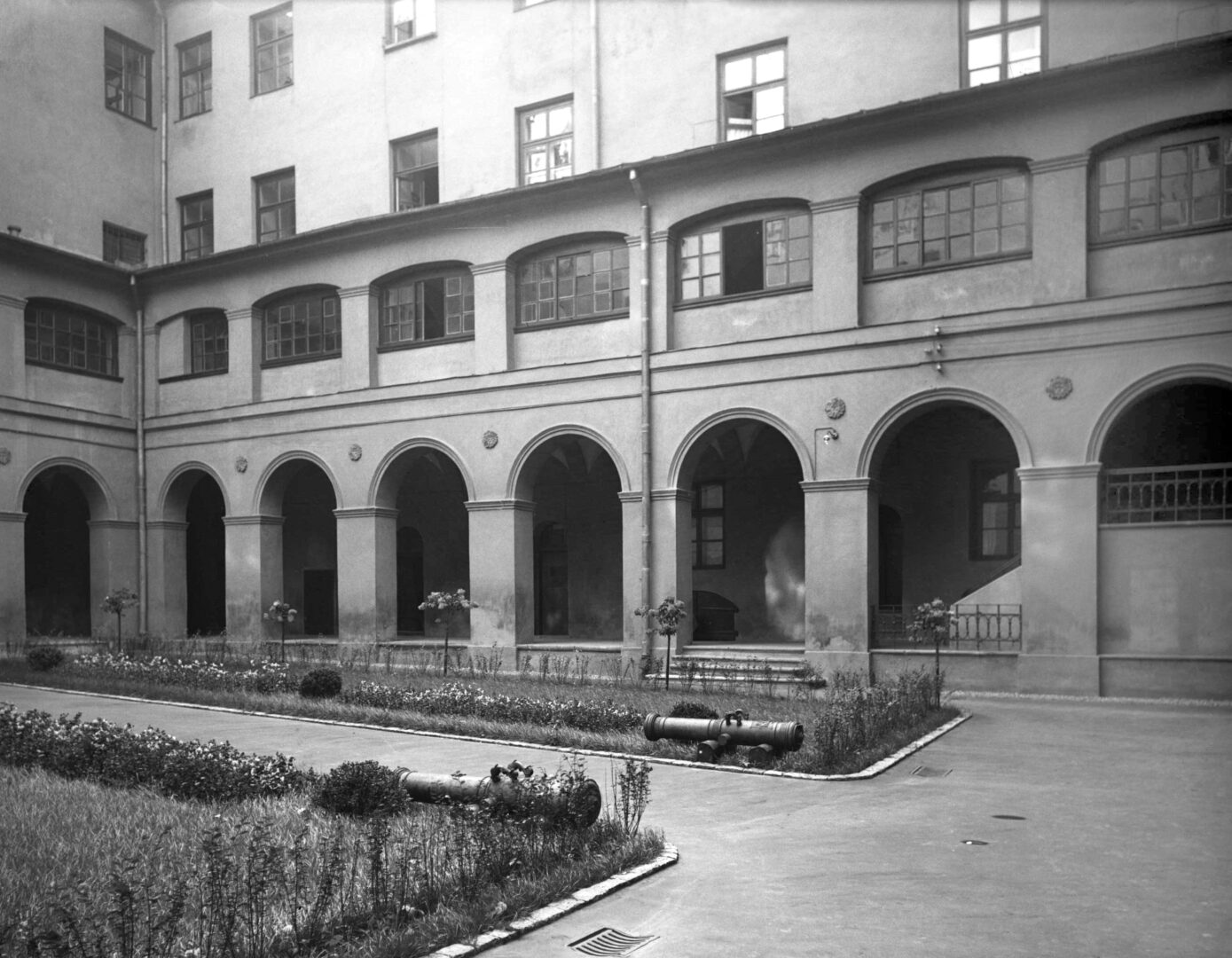History of Riga Castle
Riga Castle is one of the best-preserved castles of the Teutonic Order in the Baltic Sea region. Today, we see the 16th-century castellum-type castle with an outer bailey that has been rebuilt and enlarged over time.
The first castle of the Order was begun in 1330 by the Livonian Master of the Teutonic Order, Eberhard von Monheim, in a strategic location by the Daugava River. In 1484, during one of the conflicts between the town of Riga and the Order, the castle was besieged and destroyed; today, only ancient wall fragments in the basement testify to the existence of the first castle. Later, the town of Riga had to rebuild the castle, and between 1497 and 1515, the present castle was erected – a square building with two round towers and two staircase towers at its corners. It is one of the youngest castles of the Teutonic Order, which brought the medieval tradition into the transformative 16th century.
The castle has been rebuilt numerous times so extensively that some of the representative rooms have been completely lost, and the exterior of the castle has changed. However, some of the original vaulted rooms remain, including the Master’s refectory (dining hall) and the chapel. The 16th-century stone sculptures of St. Mary and the Order’s Master Wolter von Plettenberg are unique in the Baltic region. The originals are held in the Latvian National Museum of History, but the sculptures on the facade of the building are copies.
For several centuries, Riga Castle has served as a seat of power for various rulers; from here, the processes in Latvia were steered and directed. Riga Castle was the place where the Livonian branch of the Teutonic Order was dissolved in a solemn ceremony, and it is also linked to the origins of the Duchy of Courland and Semigallia: in the 1560s–1570s, Riga Castle was the residence of the Order’s last Master and the first duke, Gotthard Kettler. In the following centuries, the castle was the centre of regional administration of Poland-Lithuania (16th century), Sweden (17th century) and the Russian Empire (18th–20th centuries), and we can say that the so-called German, Polish, Swedish and Russian periods of Latvian history originated here. In the 20th century, the castle became one of the most important buildings of the newly established Republic of Latvia: from 1922, it was the residence of the President of Latvia. During the Soviet occupation period, the former Presidential part was used by the Pioneer Palace, but after the restoration of independence, part of the castle was restored as the President’s working quarters.
Since 1920, Riga Castle has been home to the Latvian National Museum of History. After the completion of the reconstruction project, the Museum will occupy the entire 16th-century part of the castle, while the rest will continue to serve the presidential needs. The first phases of the reconstruction and restoration were completed in late 2023 when the restoration of the south wing of the castle was completed.
